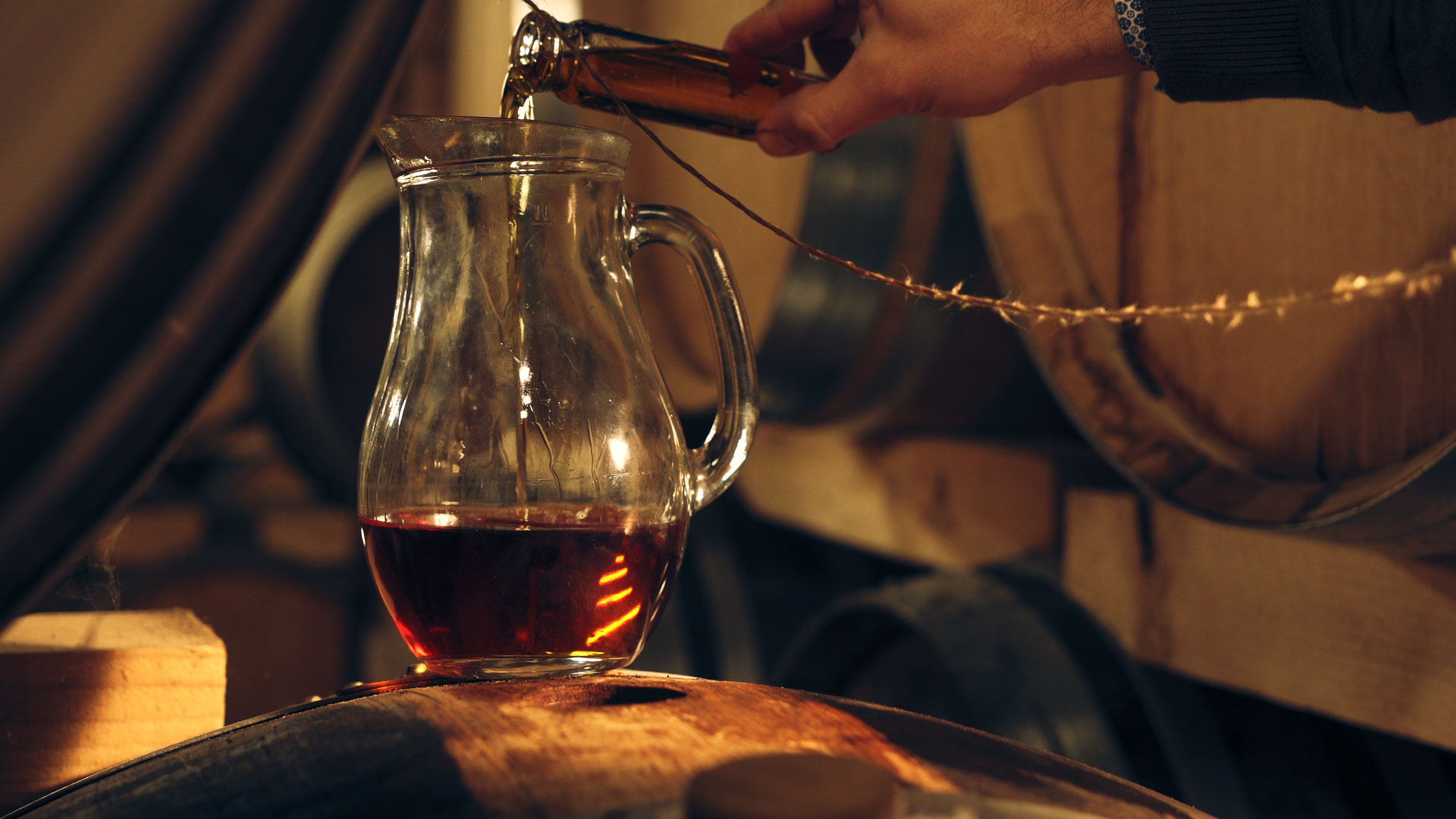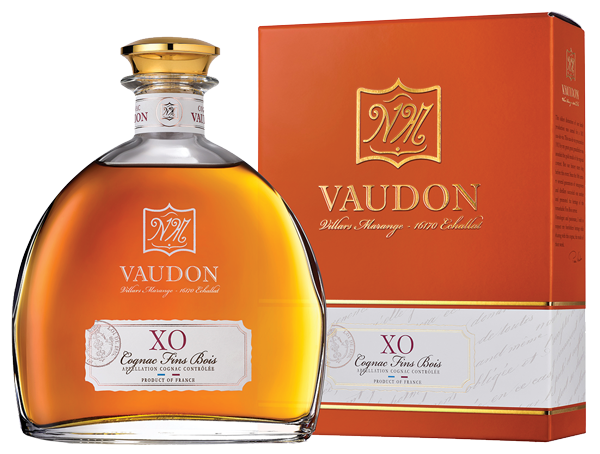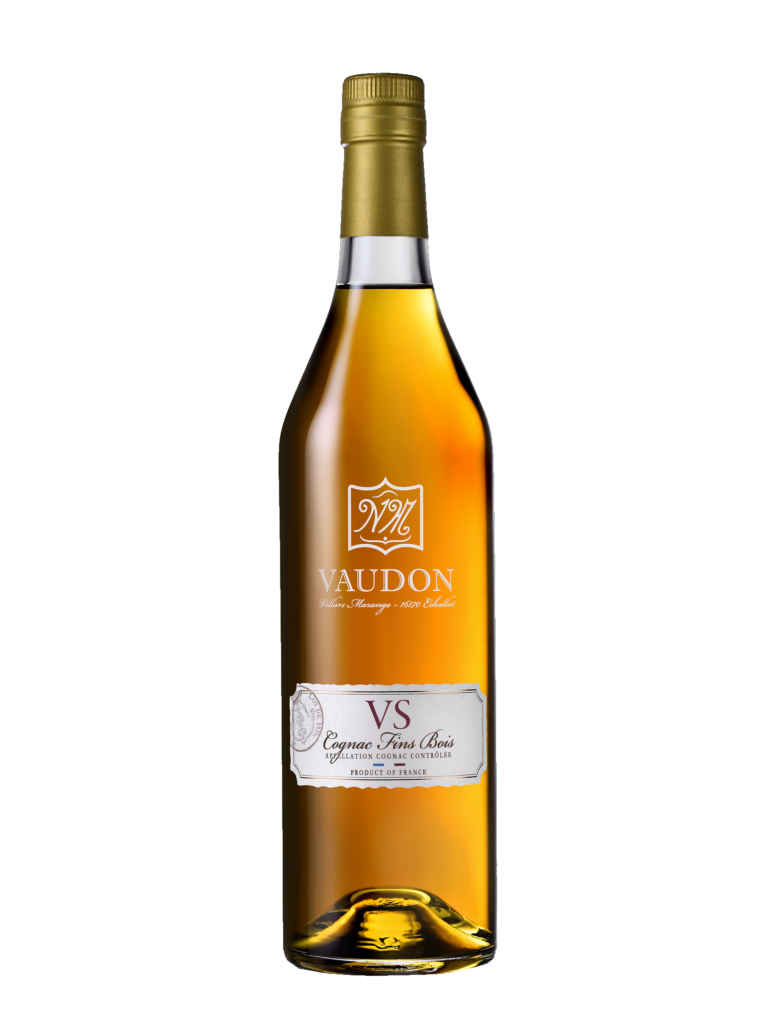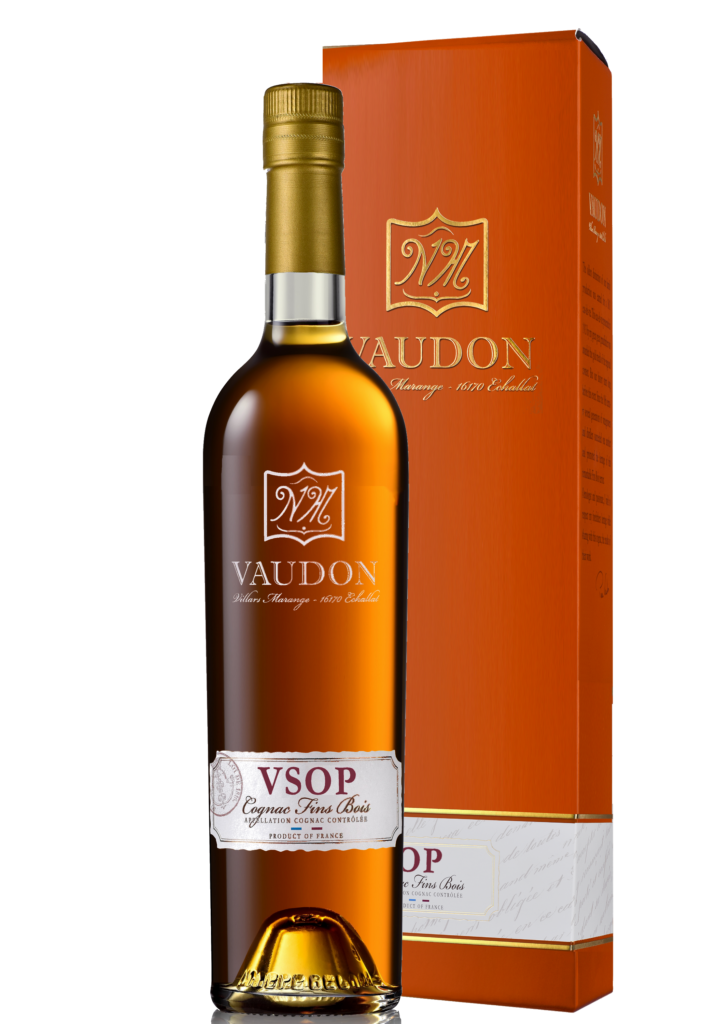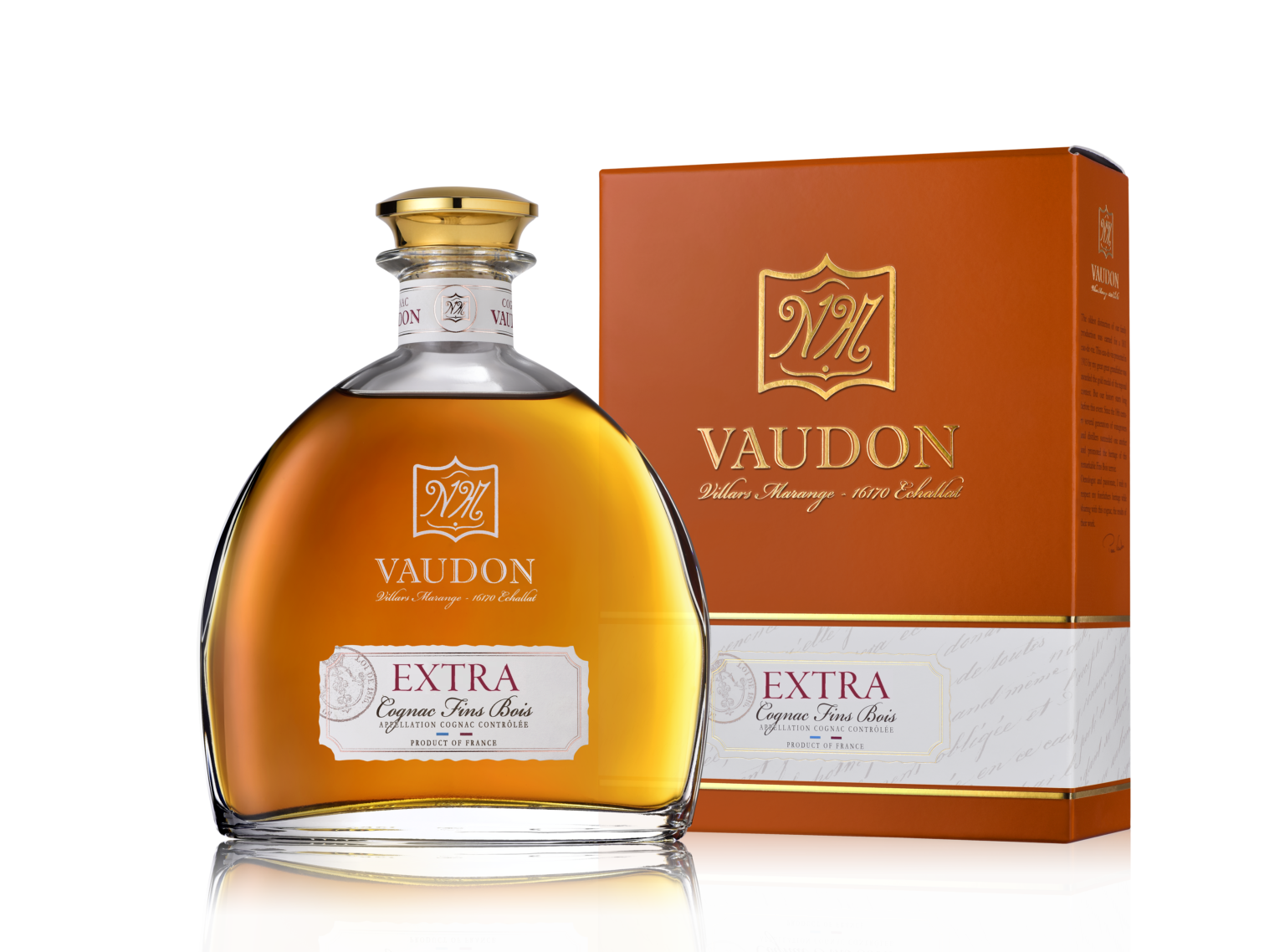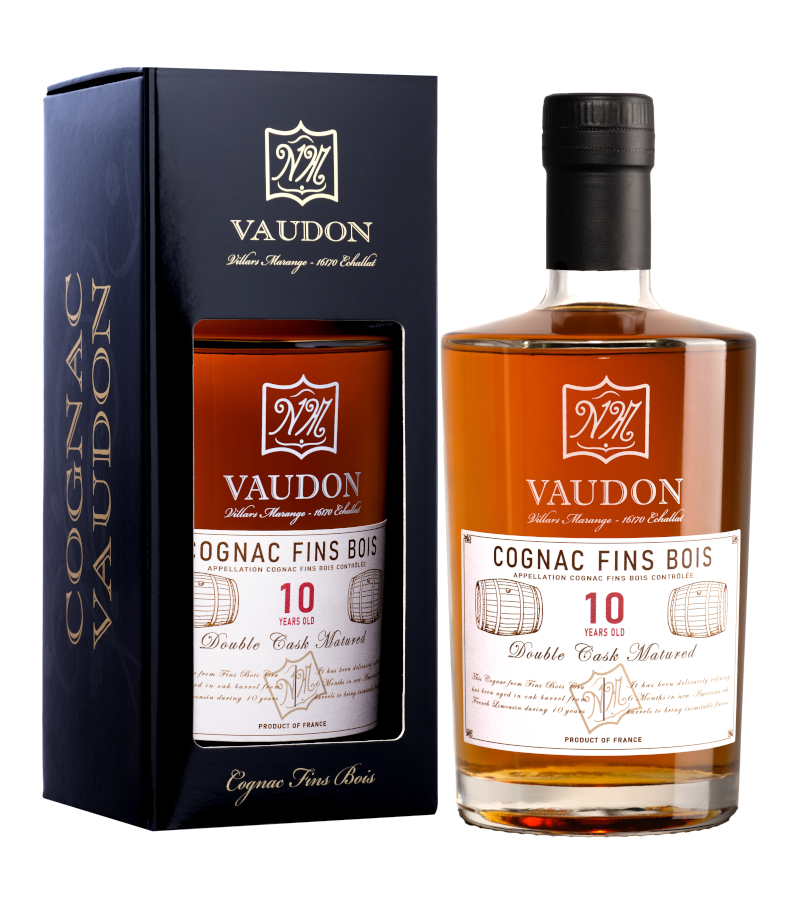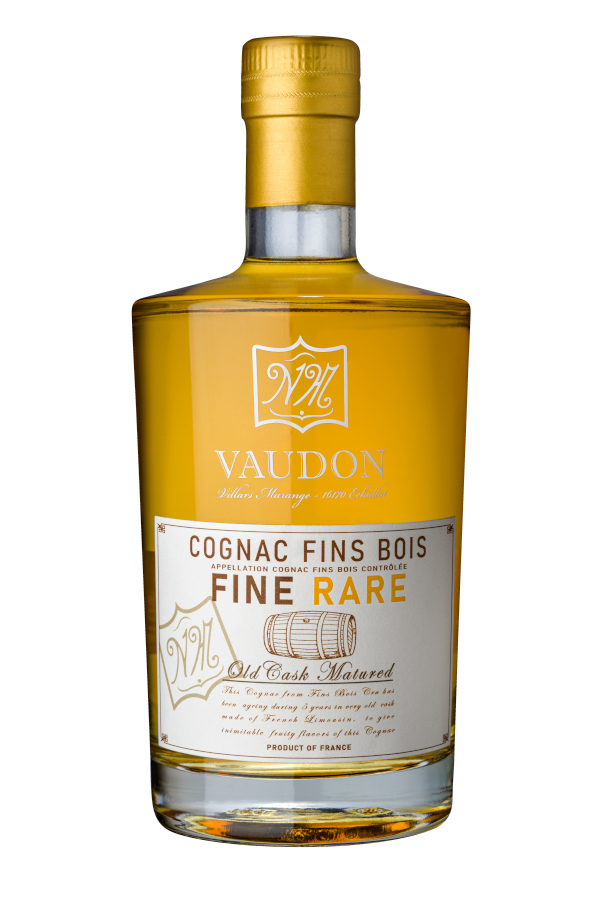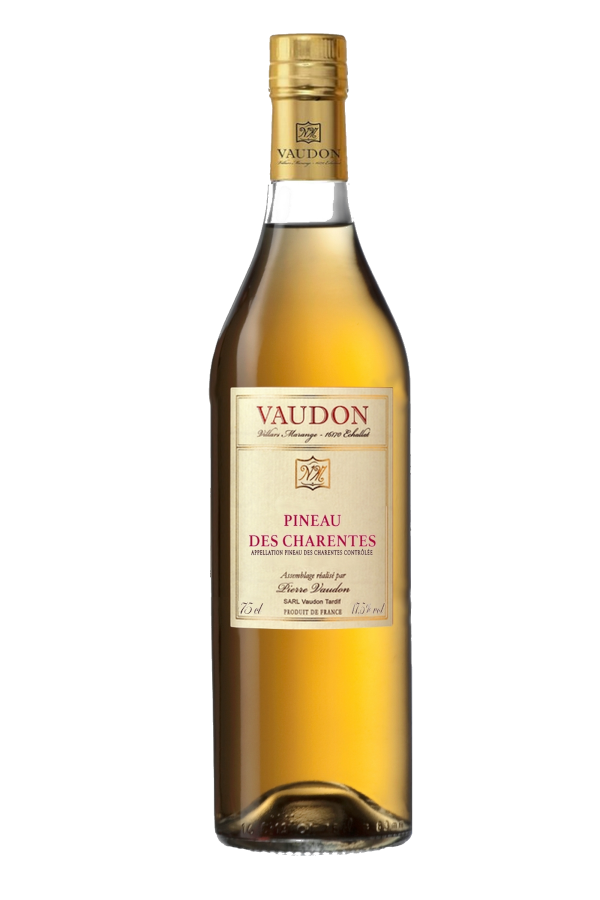History
It all started in 1771, when Francois Gaborit bequeathed his Mérignac domain and vineyards to his stepson, Pierre Nalbert. For generations, the domain grew and evolved: Denis Nalbert, as early as 1833, described how April frosts, dry spells and hail storms affected harvest. Fast forward to the 20th Century: Denis, then Pierre Mousset planted a large part of today’s vineyards and installed the first 25hl still. The second was installed by Bernard Vaudon. He married Anne-Marie Mousset: the two of them being from vine-growing families, the estate grew again.
Today, Anne-Marie Vaudon and Pierre Vaudon are the custodians of this history and know-how.
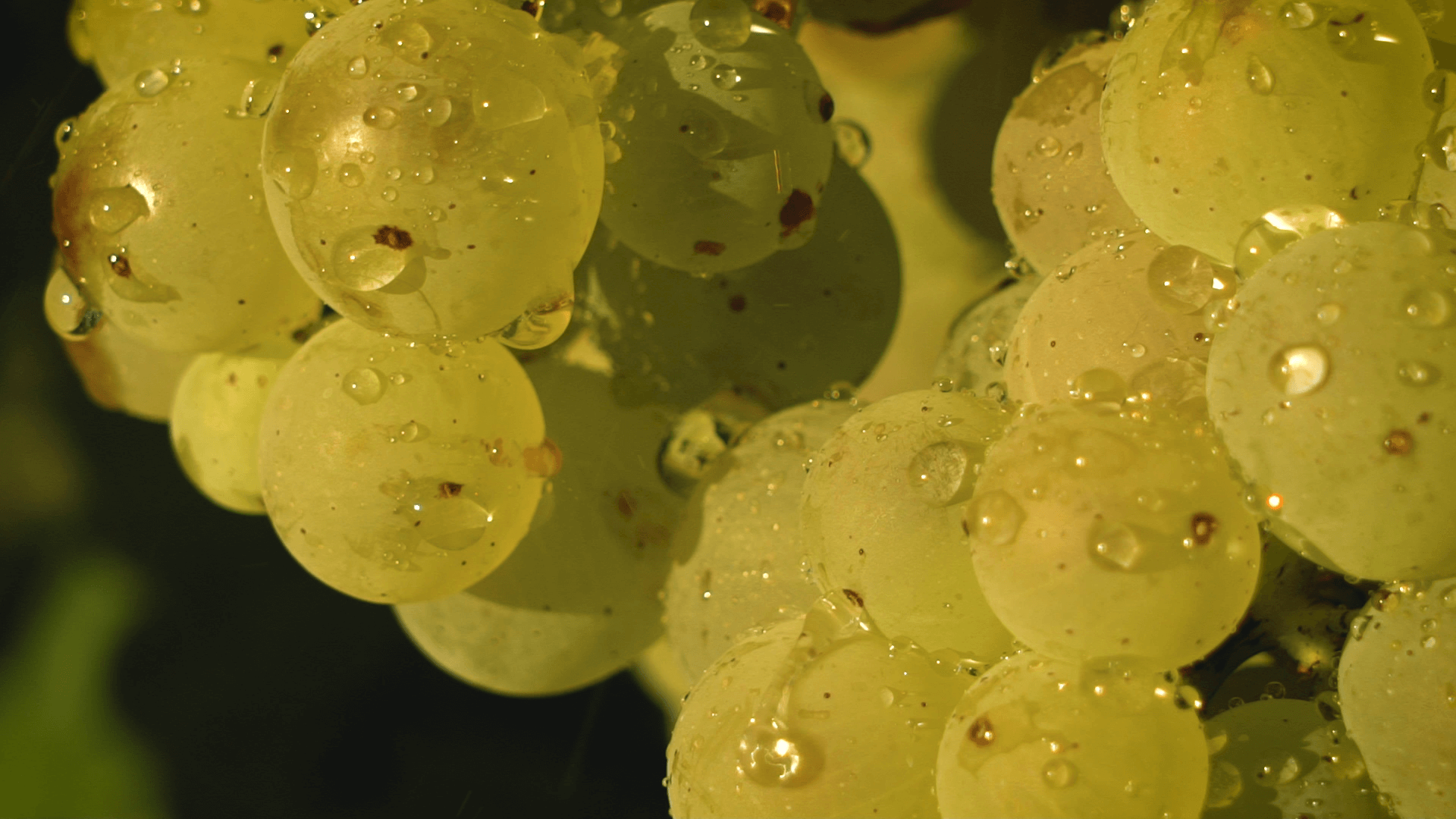
The
vineyard
The Cognac Vaudon brand focuses on a single “cru” of cognac: The Fins Bois, the widest cru of the region. Its light soil is made from hard, superficial calcareous clay (silicified). It brings body and softness to our cognacs. This cru is known to age quickly. It develops spicy and liquorice notes very early.
Our land is the object of all our attention. We use reasoned practices that aim at giving back to the soil what we draw through our harvests, while respecting its biology.
The Ugni Blanc grapes – machine-haversted in September – follow the strictest rules of modern oenology through delicate pneumatic pressing, light settling filtration, yeasting and thermo-regulated fermentation in stainless steel vats, as well as a thorough analysis of the constituents of each wine. These are the foundations of the quality of our eaux de vie.
But the most fantastic thing, that no winegrower from another appellation could risk, is that we do not add any sulfur to our wines. Thus, they are fruity – with ripe, fresh pear notes –and delicate brioche aromas from maturing on lees before distillation.
The brand
Distillation
November sees the beginning of the great transformation. The aromas of our harvest are concentrated 10 times during distillation in our Charentais stills, also called “à repasse”.
The wine vapours rising from the pot are selected by the capital and then by the swan neck before being condensed in the cooler that runs in the cooling tank. The distillate then appears on the alcoholmeter holder. The first “chauffe” (heating) brings the wine to the boil to obtain a 30% abv. “brouillis”.
The second chauffe called “Bonne Chauffe” releases, first, a few liters of heads, then the heart at 70% vol – the future cognac – and, finally, the seconds and tails which will be redistilled.
Each volume is selected by the cellar master (by smelling) and requires almost constant monitoring – which means that the distiller must stay by the stills almost constantly. The automatic temperature regulation and the gas burner which reproduces the temperature curve of a coal fire are the only concessions to modernity.
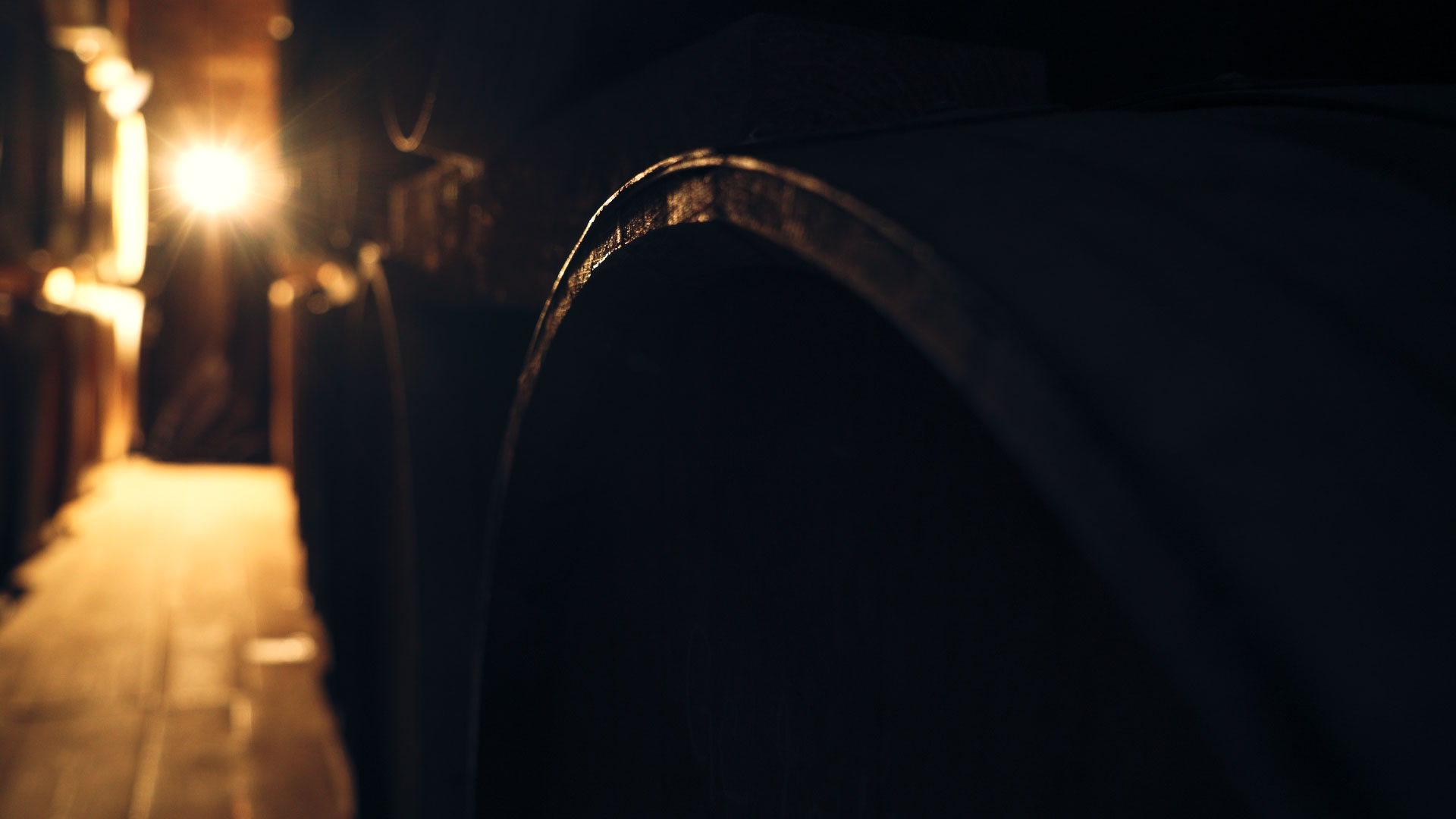
Ageing
Now the time has come to let tannins from the Limousin oak barrels work their magic. It is worth remembering that the oak cask was, in the first instance, a means of storage and transport, before becoming a real ageing tool.
The origin of the wood and the quality of the barrel-maker are of prime importance, so we work with a father-to-son cooperage of repute.
Our barrels are made of staves of fine or grain. The fine-grained barrels, made from slow-growing oaks, provide finesse and a delicate woodiness, whereas the wide-grained barrels, made from fast-growing oaks, provide more pronounced and full-bodied tannins.
A medium to strong toasting of the barrels reveals the vanilla and gives the toasted character of the first years of ageing.
After a few years, we stop keeping the eaux de vie in new casks and transfer them to old, “Roux” casks to allow exchanges without adding new tannin.
Evaporation and oxidation will concentrate our cognacs. Each year the angels’ share, natural evaporation of eau-de-vie, almost corresponds to the production of 2 ha (around 5 acres) of our vineyard.
The atmosphere in the cellar also plays an important role. The ground floor of our cellar is rather damp and allows for rounder eaux de vie, whereas the first floor is drier and gives finer eaux de vie. It is our role to blend these two styles to create unending complexity.
Blending
It is certainly the most secret art of the Cognac region. It is governed by great laws handed down orally, from cellar master to cellar master, for generations.
It is the signature and soul of each Cognac house. Ageing can sometimes produce superb vintages, while blending brings complexity and regularity.
The quest for harmony can take tortured paths that are called “pont de coupe” or “petites eaux”.
